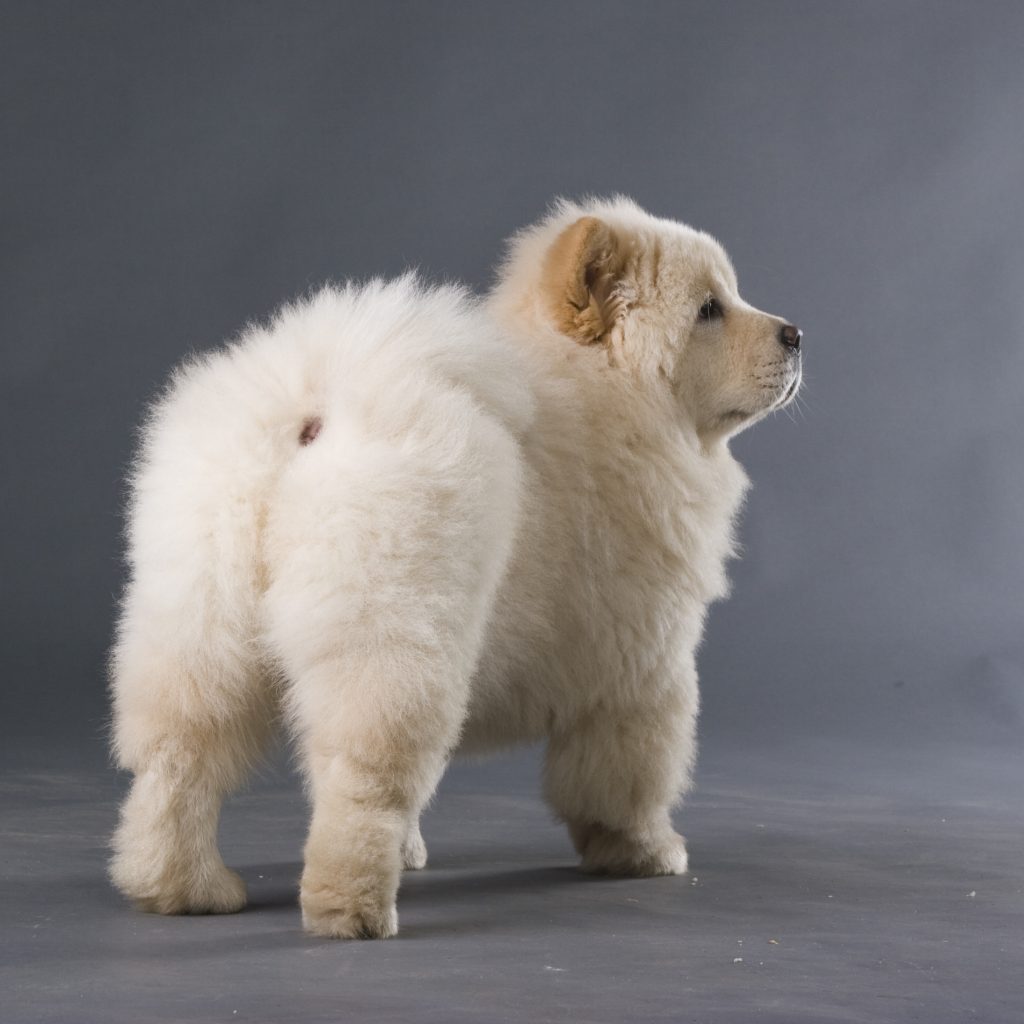Beware of the Scoot: All You Ever Wanted to Know about Anal Sacs in Pets
 You probably weren’t thrilled when your pet did the “Boot Scootin’ Boogie” across the carpet, just as you were serving the main course to your boss who happened to be over for dinner that evening. Your pet’s timely scoot is more than just an embarrassing situation, however, and may be an indication that he or she is having anal sac issues.
You probably weren’t thrilled when your pet did the “Boot Scootin’ Boogie” across the carpet, just as you were serving the main course to your boss who happened to be over for dinner that evening. Your pet’s timely scoot is more than just an embarrassing situation, however, and may be an indication that he or she is having anal sac issues.
Anal sacs in pets are an important part of the anatomy, and must be functioning for your pet’s comfort and safety. Even if your pet has never had issues in this particular area, knowing how to care for the anal sacs is an important component of responsible pet ownership.
What Are Anal Sacs in Pets?
Anal sacs, also sometimes called anal glands, are two small, bag-like structures located just inside the rectum in both dogs and cats. These little pockets are lined with glands that produce a strongly scented fluid. Normally, as a dog or cat defecates, the fluid contained inside the sacs is transferred to the stool.
The fluid, which contains your pet’s “personal odors”, is likely a form of communication to other animals, and may also serve to lubricate hard stools.
Common Anal Sac Problems
Healthy anal sacs naturally express their fluid through tiny openings each time a pet has a bowel movement. When the fluid doesn’t express properly, the glands can become clogged or impacted, leading to a host of problems for your pet, including irritation in the area, infection, or even a ruptured anal gland.
Impaction – When the anal glands do not express themselves naturally, fluid can build up, causing pain and discomfort for the animal. Pets with an impacted anal gland may scoot, frequently bite or lick the anus or base of the tail, or avoid having a bowel movement. An impacted anal gland needs to be expressed manually.
Infection – An infection can result from an impacted or ruptured anal gland. Your pet will need to be treated by a veterinarian and prescribed medications in this case. Impaction and infection can become recurring problems for some pets if not properly addressed.
Tumors – Anal sac tumors are uncommon, but they do occur from time to time. The symptoms of an anal sac tumor are similar to an impaction but, if left untreated, can interfere with defecation and even spread to other areas of the body. Also, do not ignore symptoms that seem unrelated, such as excessive thirst and urination, as these are not normal and indicate a problem.
Anal Sac Expression
There are two common methods for expressing anal sacs. With the “external” method, the sacs are expressed by pressing on them from the outside while holding a paper towel against them. The “internal” method involves isolating the sacs between a gloved and lubricated finger inside the anus, as well as one on the outside, and pressing. This should always be performed by a veterinarian or veterinary technician, as improper expression can cause pain and injury to the anal area.
Many pet owners find it easiest to have their pet’s anal sacs expressed at their regular grooming appointments or wellness examinations. We also provide this service on a walk-in basis. Your veterinarian will help you to determine if your pet needs regular expression and how often it should be done.
Caring for Your Pet’s Anal Sacs
Not all anal sac problems are preventable, but there are certain steps pet owners can take to reduce the odds of winding up in a stinky situation.
- Adhere to your pet’s regularly scheduled wellness appointments, where anal sac issues can be caught and dealt with early.
- Feed your pet a high quality diet that contains the appropriate amount of fiber to encourage healthy bowel movements.
- Overweight and obese pets have a higher incidence of anal sac problems, so keep your pet at an ideal weight through proper diet and exercise.
- Anal sacs in some pets never adequately express on their own and, as a result, will need to be expressed manually on a regular basis.
If you suspect your pet is having anal sac problems, we can help. Schedule an appointment with us at Lone Tree Veterinary Medical Center to get started.



